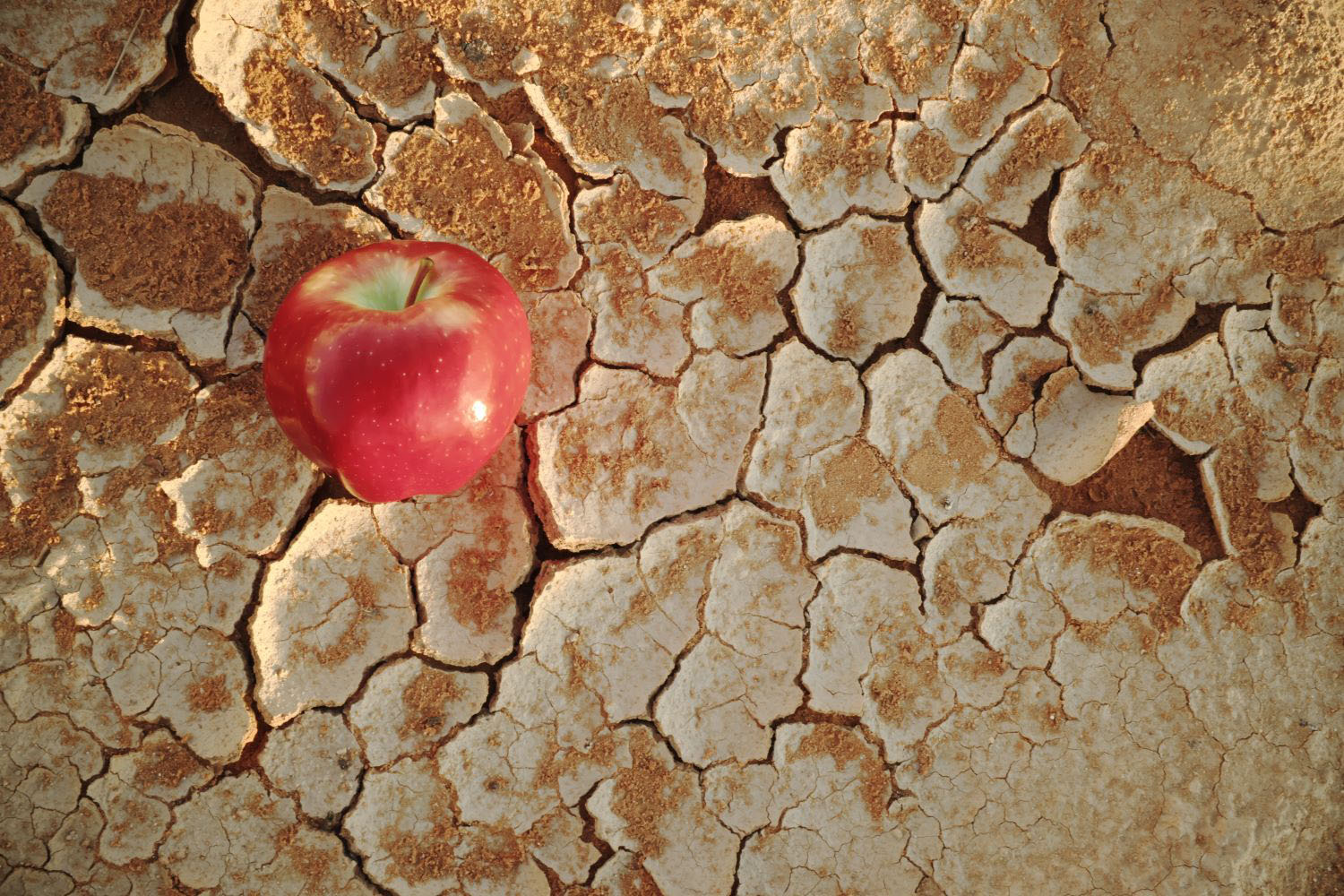Most antibiotics around the world today are fed to farm animals to promote growth and prevent diseases fostered by crowded conditions on factory farms. There is an urgent need to find alternatives to keep animals healthy, and preserve crucial antibiotics for human health. One way to do that would be to create an international treaty not to use antibiotics in livestock feed — and probiotics, like those found in yogurt, may be a stepping stone toward that goal. The benefits in terms of slowing the evolution of antimicrobial resistance could be large, while the likely costs are small and manageable.
The Problem
Using (and especially misusing) antibiotics gives bacteria the opportunity to evolve antibiotic-resistant strains. As the drugs kill off the more susceptible bacteria, those that are left are the ones more capable of resisting the treatment. If they go on to infect another victim, those bacteria will not respond as readily to antibiotics. The death toll in Europe and the US from antimicrobial resistance is already around 50,000 a year. As many as 58,000 infants died in India in 2013 because antibiotic treatments failed due to resistance. Absent new antimicrobials, death tolls are forecast to explode as more resistance develops.
This was the topic of a CGD event last week at which George Osborne, UK chancellor of the exchequer, Margaret Chan, director-general of the WHO, and Larry Summers, chair of CGD’s board of directors and Arvind Subramanian, India’s chief economist talked about mechanisms to increase the supply of new antibiotics to replace those losing effectiveness against infection. But they also emphasized the need to limit low-value use of antimicrobials to preserve their lifespan. Less use means less chance for bacteria to evolve resistance.
Only 20 percent of antibiotics used in the United States are used on humans; 80 percent are used in animal feed, mainly to speed growth. China may consume as much as 200,000 metric tons of antibiotics each year — ten times the US consumption — again, nearly all on farms. Most of these drugs are exactly the same ones used to treat sick people. Nearly two-thirds of the drugs used in animal feed in the US are medically important for use in humans.
Using antibiotics in livestock feed is linked to the emergence of resistant bacteria in people. Chickens fed antibiotics start excreting E-coli resistant to a range of those antibiotics after a short time. Chicken farm employees subsequently develop populations of E-coli resistant to the same range of antibiotics. US government tests of meat sold in supermarkets suggest that 50 percent of chicken samples had campylobacteria resistant to the antibiotic tetracycline and that half of the salmonella found in chicken samples was multidrug-resistant. In November 2015, Chinese scientists found a mutation in bacteria, including E. coli, present in both pigs and humans that provided resistance to colistin, a drug of last resort.
Conserving Antibiotics for Human Health Doesn’t Have to Be Bad for Farmers
The good news is that ending the use of antibiotics in feed can help reverse resistance trends. In 2005, chicken farmers in Quebec stopped using the antibiotic cephalosporin. Tests of supermarket chicken tracked a decline in cephalosporin-resistant salmonella from 60 percent to 10 percent of samples in the first year after the ban. Tests of resistant bacteria in humans suggests they dropped from 40 percent to near zero over two years. Still, resistance crosses borders: Denmark still finds that poultry raised in the country is frequently infected with E-coli resistant to the antibiotic cephalosporin despite the fact it is never used on Danish farms. The reason is that the grandparents of many of the infected birds were imported from Scotland, where the antibiotic is used in chicken feed. Given the cross-border implications, control of antibiotic use in animals is a global public good.
The even better news is that, ending the use of antibiotics in feed can have minimal impact on agricultural productivity — at least in in rich countries. Denmark banned all use of antibiotics in animal in feed or water and overall agricultural antibiotic use halved. But total pig production is a little higher than it was ten years ago. Economic analysis suggests the slightly slower growth of pigs taken off antibiotics raised farm-gate meat prices in Denmark by perhaps 1 percent. The impact on production is likely to be larger in developing countries where overall sanitation in factory farms is lower, so there may be need for transition support to other approaches. But how much the impact would be in developing country settings, and what alternatives work to keep up productivity, is something that requires a lot of urgent additional research.
A Pragmatic Proposal to Conserve Antibiotics
We’ve dealt with a similar global problem before. In the 1980s, concentrations of ozone in the upper atmosphere were declining, with the potential to dramatically increase the risk of sunburn, cataracts, and skin cancers. A major cause was aerosol sprays, alongside refrigerator coolants. These utilized chlorofluorocarbons which, when released, react with ozone to make oxygen. In 1987, representatives from the world over met in Canada to sign the Montreal Protocol on Substances that Deplete the Ozone Layer. The treaty mandated dramatic reductions and the eventual elimination of chlorofluorocarbon production, a goal that has been almost completely met. Atmospheric ozone concentrations began to recover by around 2006.
The livestock antibiotic issue is similar to the chlorofluorocarbon challenge. It presents an immediate global health threat that dwarfs any economic benefit from antibiotic use in feed. And like CFC producers, there are relatively few antibiotics producers worldwide. In the United States there are only 26 major manufacturers of antibiotics used in farm animals, for example. That makes national control more straightforward and global compensation easier to provide.
A Montreal Protocol on the Use of Antibiotics in Animals would as a first phase mandate the rapid reduction of the routine use of antibiotics in livestock feed or water that are also used for human health. OECD signatory countries would provide compensatory transition support to drug manufacturers. As a second phase the treaty might ban the use of all antibiotics to promote growth or prevent disease.
The cost of any compensation to pharmaceutical companies would be limited. The global antibiotics market is $42 billion in total but the considerable bulk of that market value is made up of antibiotics for human use. The animal antimicrobials market is valued at $3.3 billion, around 60 percent of which was accounted for by the United States and Europe. This suggests transition compensation payments to producers would be in the low billions at maximum, mostly provided to OECD producers. The global cost of lost antimicrobial effectiveness has been estimated at between $2.1 trillion and $124.5 trillion. If the Protocol’s benefits were 0.5% or less of the lower bound costs of lost antimicrobial effectiveness, it would be economically justified.
More Yoplait, Less Penicillin
But a nontreaty compensation agreement with national agricultural industries may be necessary to make such a protocol politically viable. To help deal with the transition to antibiotic-free production in places where farm production may benefit more from their use, we’d need to support alternate approaches — that’s where the yogurt comes in. Farmers feed antibiotics to animals in an effort to produce healthier, fatter pigs and chickens. Ironically, feeding livestock bacteria can have the same effect. Feed pigs and chickens probiotics, the “good bacteria” of the sort you find in yogurt, and they are less likely to be infected with bad bacteria, will grow faster, and will need less feed. Perhaps the negotiations toward the treaty could involve side agreements to help developing countries roll out less globally harmful approaches to increase livestock productivity. More Yoplait, less penicillin — it’s a rule for life, livestock, and the preservation of a vital global public good.
Disclaimer
CGD blog posts reflect the views of the authors, drawing on prior research and experience in their areas of expertise. CGD is a nonpartisan, independent organization and does not take institutional positions.





